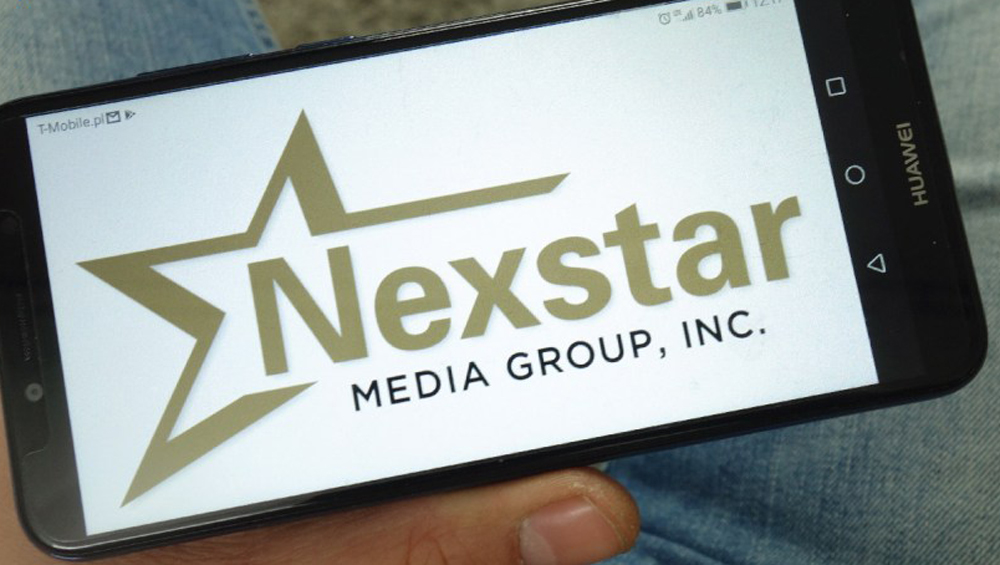
Nexstar Climbs A New Hill

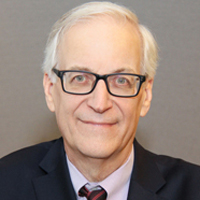
Harry Jessell
Nexstar’s Perry Sook is dead serious about the national news business.
He’s pushing ahead steadily with NewsNation, despite its birthing pains and widespread skepticism about the need for yet another cable news network. It keeps evolving and expanding.
And now he has spent $130 million to buy The Hill, a respected and far-reaching political news operation based in Washington.
The Hill is something of a misnomer as it also covers the White House, the courts and many of the seemingly countless federal departments, commissions and agencies. On its website, I counted nearly 100 editorial staffers. There is no other TV network — broadcast or cable — that can bring that kind of muscle to bear on the national affairs beat.
The Hill got its start in 1994 as a newspaper, but print is now more or less an afterthought as it jumped on every digital platform as it came along. It’s got an app, of course, and a panoply of push newsletters, which mix original reporting and curated links to other outlets like the Washington Post, the New York Times, the Wall Street Journal, CNN and others.
It’s been dabbling in video with a daily 10-15-minute morning show called Rising in which a trio of correspondents/pundits chatter about a topic or two. It’s television, but not great television. I’m not sure how it would fit into anything Nexstar is doing elsewhere.
The Hill is also known for providing a high-profile platform for lawmakers, other government officials, think tankers and lobbyists. If you’ve got something to say on just about any issue, The Hill is a good place to say it. The opinion section’s disclaimer — “The views expressed by contributors are their own and not the view of The Hill” — doesn’t seem to discourage anybody.
The Hill has figured out how to ride the rapids of social media. Nexstar points to Comscore data that show The Hill last year attracted more than four million followers and 914 million video views on Twitter and received five times more Facebook interactions than any other political news site.
The revenue that supports the $130 million price tag comes mostly from display and video ads and sponsored webinars moderated by Hill staff. Like a lot of digital media, The Hill blurs the edit-advertising line. If you aren’t careful, you can very easily stumble into an advertorial for AT&T or Facebook.
The newspaper, three days a week when Congress is in session and one day when it isn’t, is the only source of subscription revenue. It goes for $250 a year, but I suspect it doesn’t add much to the bottom line.
Sook and his lieutenants aren’t talking yet about the strategy behind the buy, other than to say they see “a lot of opportunity for cooperation and collaboration” among The Hill, NewsNation, the Nexstar Washington news bureau and Nexstar’s 110 news-producing stations.
Cooperation and collaboration, as I’m sure the Nexstar folks are well aware, are easier said than done. To some extent, Nexstar has managed it with NewsNation, which is built on the backs of local producers and reporters. But NewsNation has local broadcasting in its DNA just as CNN did when it launched in 1980 with a bunch of broadcasting refugees.
Integrating The Hill with NewsNation and the Nexstar stations in mutually beneficial ways will be a much tougher trick. The Hill’s ranks are filled with young reporters who grew up in a digital media world and know little about linear TV. It’s also a safe bet that they don’t watch much local news.
There have been many efforts to get newspapers and TV stations to work together over the years, but they have mostly fallen far short of their ambitions, even though the newspapers’ survival often depended on successful integration.
It will be interesting to see the management structure Nexstar puts in place to grease the “cooperation and collaboration.” How do you incentivize a Hill reporter already running as fast as she can to keep pace with the competition — and maybe even break a story — to take time to help out a far-off network or TV station?
That Karen Brophy, Nexstar Media’s digital president, was quoted in the press release suggests that at least for now The Hill will be reporting up through her.
Nexstar’s success in operating The Hill is not wholly dependent getting everybody in the company playing nice with each other.
It’s a going concern. While Nexstar did not release any of The Hill financials, it did say that it was “accretive,” which means that, as is, it has a healthy cash flow and will not be a drag on the earnings per share.
And if Sook can figure out a way to sell ads programmatically across all his digital platforms all at once, the sum would be greater than its parts. The Nexstar press release on the deal notes that combined, The Hill and Nexstar “are used by a third of U.S. digital media viewers.”
Sook is marketing NewsNation as a down-the-middle news organization. Some eyebrows were raised because The Hill’s chairman and principal was Jimmy Finkelstein, a Trump acolyte. But the Ad Fontas Media Bias Chart has it in the middle, just slightly right. When I read it, I don’t detect much slant one way or the other. Those opinion pages show a nice balance.
Laser-focused Washington news is a nice racket. Unfortunately, The Hill is not alone. It competes with the likes of Politico, Axios and Roll Call, not to mention the Jeff Bezos-backed Washington Post.
Politico, founded by former broadcaster Robert Allbritton in 2007 after his bid to buy The Hill was rejected, is The Hill’s most formidable direct competitor. Coincidentally, just last week, Allbritton sold Politico to German media giant Axel Springer for a reported $1 billion. The deal includes Allbritton’s half of their Politico Europe joint venture.
It is worth noting that Allbritton sold WJLA Washington and a string of other ABC affiliates to Sinclair in 2013 for just under $1 billion. Nicely done, Robert. Two billion-dollar businesses.
A big reason why Politico’s number was so much higher — eight times the older Hill’s — is due in large part to the subscription revenues that it gets from 22 verticals, in-depth coverage (“300+ expert field reporters”) in areas like health, energy, cybersecurity and big states like California, Florida, New York and New Jersey. The price of the pay package can run into the “high-four figure range,” according to the website. Several thousand dollars a year means nothing to a D.C. lobby that absolutely needs to know everything happening in its space.
The lesson here for Sook is that he needs to get subscription revenue rolling at The Hill. We know that he loves nothing more than getting regular checks for content. Sixteen years ago, he put his company on the line when he demanded retrans fees from cable, transforming the economics of broadcasting industry.
I’m guessing that Sook is not done with his news-empire building. What he needs (other than a dual revenue stream) is a business site, something like Business Insider, a well-established pay digital brand, but its principal owner Axel Springer looks like a buyer (see above), not a seller.
Of course, if Sook is bold enough, he could launch his own business site. As Allbritton could tell him, starting up digital newspapers — where global distribution is practically free and you can aggregate from other sites — is not impossible. He already has the sales and administrative sides covered. All it would take is a great editor and the cash to round up the eager young talent who didn’t go to J-school to write click bait.
Meanwhile, back in Chicago, NewsNation is, as I said, growing and evolving. Starting on Sept. 27, it’s adding 26 more hours of news each week, slowly pushing the off-network dramas off the grid and into its past. New programming includes a three-hour morning block hosted by Adrienne Bankert and a primetime hour with Dan Abrams, who doubles as a legal analyst for ABC News.
On his second quarter earnings call, Sook said the rollout of the new programming will be backed by promos on the Nexstar stations (68% national reach) and a “double-digit millions” Leo Burnett ad campaign on social media.
Sook knows he has a long way to go, acknowledging to the analysts that awareness of NewsNation has crept up to just six points to 16% since its launch. But he accentuates the positives: The network is “structurally” ahead of schedule; getting the same cost-per-point as CNN, although nowhere near the revenue since its ratings are relatively low (“The numbers are tiny”); and fully distributed on the vMVPD platforms.
When Sook started NewsNation a year ago this week, his plan was to build it on the cheap, by leveraging the cable distribution of WGN America and the news resources of the stations and repurposing the money he was spending on syndicated programming for the network. And it wasn’t even his idea. It was where Sinclair’s David Smith was going when it looked like he, not Sook, would acquire the enabling WGN America and its Big Market stations from Tribune.
One hundred thirty million dollars is not a lot of money for a company of Nexstar’s size. It’s the price these days of an NBC affiliate in, say, Louisville, Ky. But it isn’t nothing. It tells me that Sook wants his legacy to be more than an accumulation of broadcasting assets created by others, that he would like the legacy to include an important and and unbiased news source of his own making and that he is willing to take some risk to his reputation as a businessman and his bottom line to achieve it.
Harry A. Jessell is editor at large of TVNewsCheck. He can be contacted here. You can read earlier columns here.





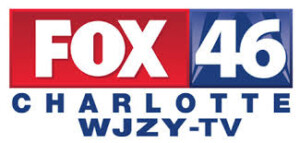


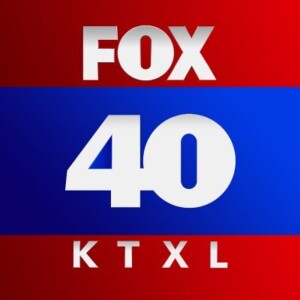
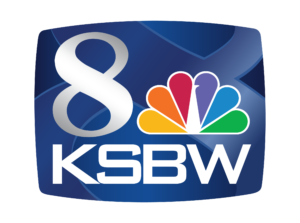

























Comments (0)